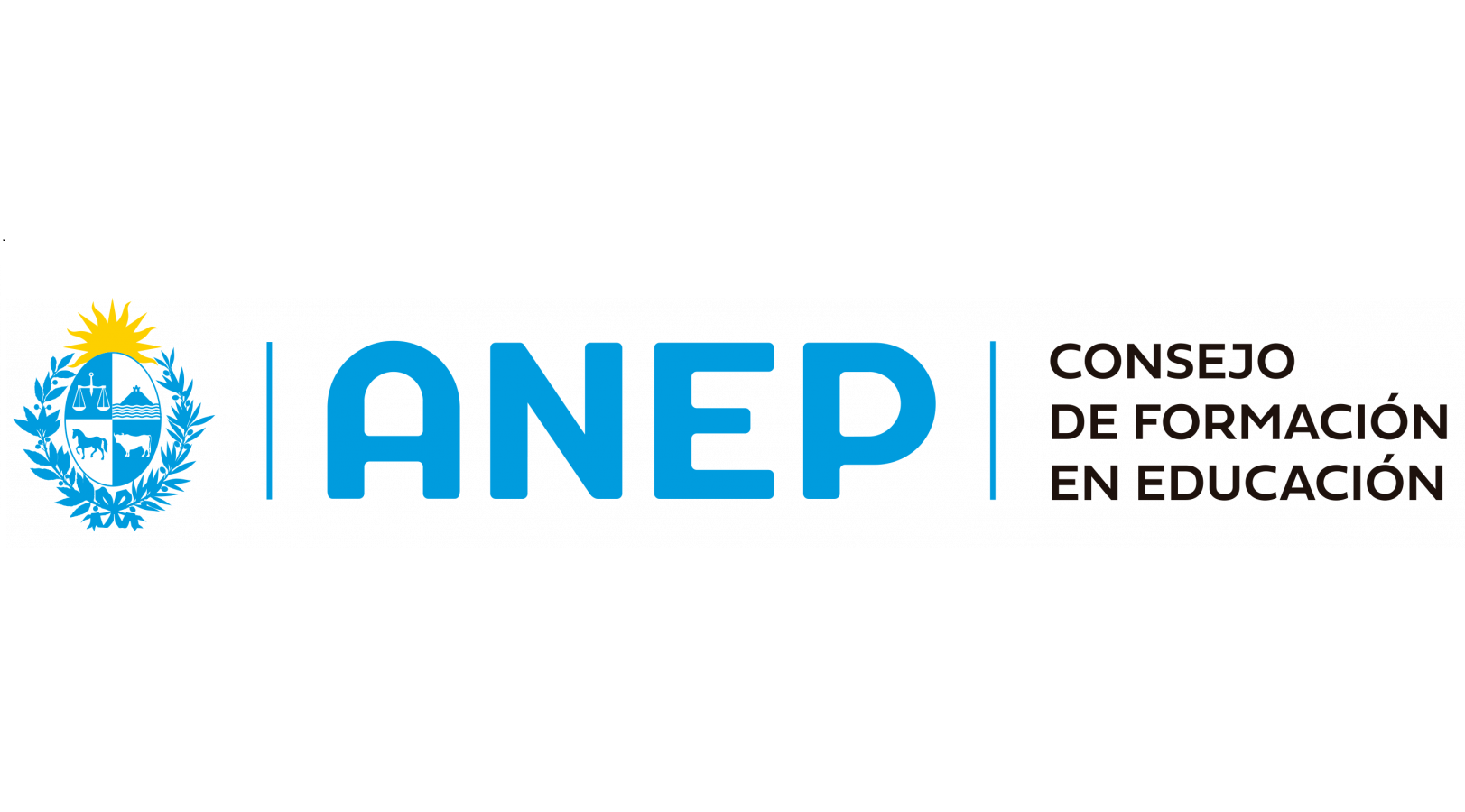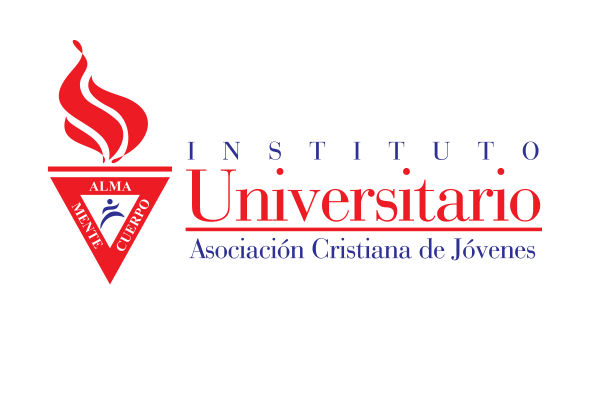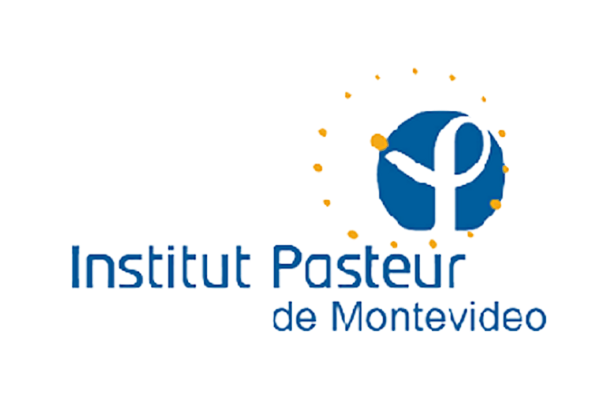A teleost fish model to understand hormonal mechanisms of non-breeding territorial behavior
Editor(es): Soma, K K.
Resumen:
Aggressive behaviors occurring dissociated from the breeding season encourage the search of non-gonadal underlying regulatory mechanisms. Brain estrogen has been shown to be a key modulator of this behavior in bird and mammal species, and it remains to be understood if this is a common mechanism across vertebrates. This review focuses on the contributions of Gymnotus omarorum, the first teleost species in which estrogenic modulation of non-breeding aggression has been demonstrated. Gymnotus omarorum displays year-long aggression, which has been well characterized in the non-breeding season. In the natural habitat, territory size is independent of sex and determined by body size. During the breeding season, on the other hand, territory size no longer correlates to body size, but rather to circulating estrogens and gonadosomatic index in females, and 11-ketotestosterone in males. The hormonal mechanisms underlying non-breeding aggression have been explored in dyadic encounters in lab settings. Males and females display robust aggressive contests, whose outcome depends only on body size asymmetry. This agonistic behavior is independent of gonadal hormones and fast acting androgens. Nevertheless, it is dependent on fast acting estrogenic action, as acute aromatase blockers affect aggression engagement, intensity, and outcome. Transcriptomic profiling in the preoptic area region shows non-breeding individuals express aromatase and other steroidogenic enzyme transcripts. This teleost model reveals there is a role of brain estrogen in the control of non-breeding aggression which seems to be common among distant vertebrate species.
| 2020 | |
|
Gymnotus omarorum Non-breeding aggression Fadrozole Natural spacing Estrogen |
|
| Inglés | |
| Universidad de la República | |
| COLIBRI | |
| https://hdl.handle.net/20.500.12008/32354 | |
| Acceso abierto | |
| Licencia Creative Commons Atribución (CC - By 4.0) |












